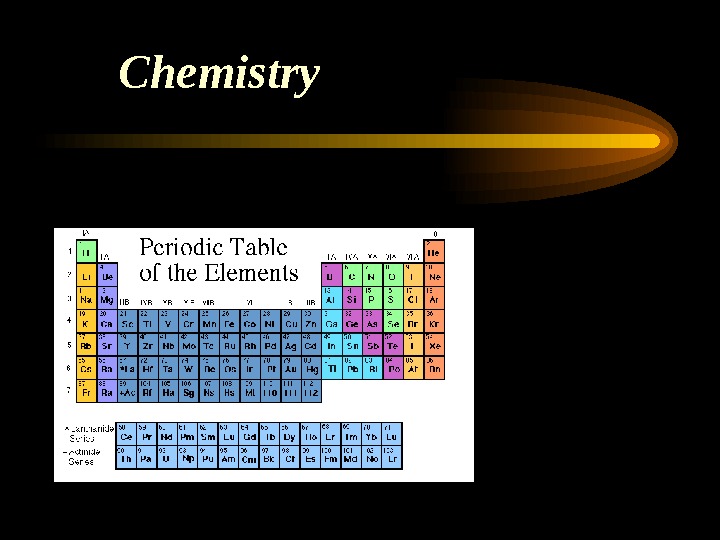There are more carbon compounds than there are compounds of all other elements combined. It is found in abundance in the sun, stars, comets, and the atmospheres of most planets. Carbon-14, a radioactive isotope of carbon, is used to find the age of dead things by using radiocarbon dating. The inventors of this new form of carbon - a magnetic carbon nanofoam- say it could may someday find medical applications (see review article from Nature) Physical Properties of the Carbon Atom. Atomic Number 6 Atomic Mass Average: 12.011.


Information in this record refers to the use of carbon 11 radiopharmaceuticals as diagnostic agents. The International Commission on Radiological Protection also recommends that breastfeeding need not be interrupted after administration of radiopharmaceuticals containing carbon-11. Carbon A r (C) = 12.0096, 12.0116 since 2009 The name derives from the Latin carbo for 'charcoal'. It was known in prehistoric times in the form of charcoal and soot. In 1797, the English chemist Smithson Tennant proved that diamond is pure carbon. Natural variations of carbon isotopic composition. Isotopic reference materials of carbon. Density is the mass of a substance that would fill 1 cm 3 at room temperature. Relative atomic mass The mass of an atom relative to that of carbon-12. This is approximately the sum of the number of protons and neutrons in the nucleus. Where more than one isotope exists, the value given is the abundance weighted average.
Molar mass of CH4 = 16.04246 g/mol
This compound is also known as Methane.
Convert grams CH4 to moles or moles CH4 to grams
Molecular weight calculation:
12.0107 + 1.00794*4
Carbon Atomic Mass Periodic Table
| Symbol | # of Atoms | Hydrogen | H | 1.00794 | 4 | 25.132% | |
| Carbon | C | 12.0107 | 1 | 74.868% |

Carbon Atomic Mass Unit Isotope
In chemistry, the formula weight is a quantity computed by multiplying the atomic weight (in atomic mass units) of each element in a chemical formula by the number of atoms of that element present in the formula, then adding all of these products together.
A common request on this site is to convert grams to moles. To complete this calculation, you have to know what substance you are trying to convert. The reason is that the molar mass of the substance affects the conversion. This site explains how to find molar mass.
The atomic weights used on this site come from NIST, the National Institute of Standards and Technology. We use the most common isotopes. This is how to calculate molar mass (average molecular weight), which is based on isotropically weighted averages. This is not the same as molecular mass, which is the mass of a single molecule of well-defined isotopes. For bulk stoichiometric calculations, we are usually determining molar mass, which may also be called standard atomic weight or average atomic mass.
Formula weights are especially useful in determining the relative weights of reagents and products in a chemical reaction. These relative weights computed from the chemical equation are sometimes called equation weights.
If the formula used in calculating molar mass is the molecular formula, the formula weight computed is the molecular weight. The percentage by weight of any atom or group of atoms in a compound can be computed by dividing the total weight of the atom (or group of atoms) in the formula by the formula weight and multiplying by 100.

Finding molar mass starts with units of grams per mole (g/mol). When calculating molecular weight of a chemical compound, it tells us how many grams are in one mole of that substance. The formula weight is simply the weight in atomic mass units of all the atoms in a given formula.
Using the chemical formula of the compound and the periodic table of elements, we can add up the atomic weights and calculate molecular weight of the substance.
